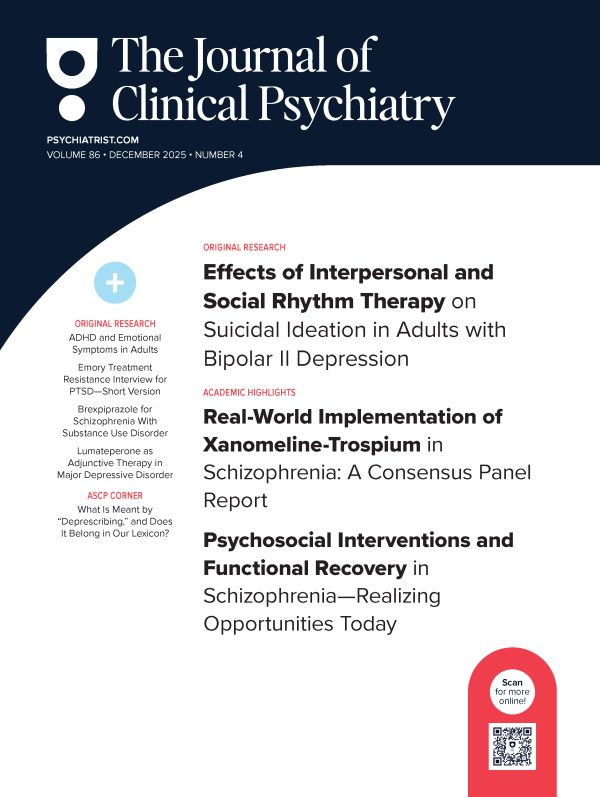Because this piece does nothave an abstract, we have provided for your benefit the first 3 sentencesof the full text.
Electroconvulsive therapy (ECT) was introduced in1938, in an era in which antidepressant and antipsychoticdrugs were unknown.1,2 Today, over 6 decades later, despite the availability of a large number of psychopharmacologic agents for the treatment of depression and psychosis, ECT remains an important method of treatment inpsychiatry. This is because ECT can be life-saving in catatonic, suicidal, or otherwise severely disturbed patients,2because it is of exceptional benefit to patients with psychotic depression,3 and because it can be therapeutic4-6 aswell as prophylactic7in patients who do not respond toantidepressant or antipsychotic drugs.’ ‹’ ‹
This PDF is free for all visitors!





